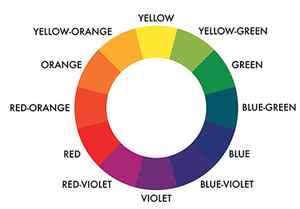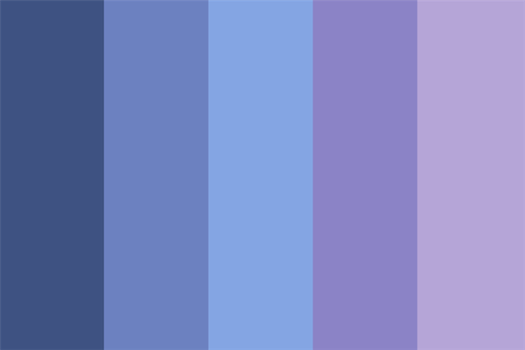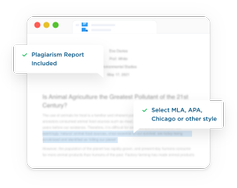These undertones are called warm and cool. Warm tones are reds, yellows, and oranges, whereas cool tones are blues, purples, and greens. Funnily enough, this means you can actually have a “cool” red, m eaning a red that has blue undertones.
Make Pantone’s 2018 Ultra Violet
Pantone has named Ultra Violet a deep purple as 2018’s colour of the year.
“Complex and contemplative, Ultra Violet suggests the mysteries of the cosmos, the intrigue of what lies ahead, and the discoveries beyond where we are now. The vast and limitless night sky is symbolic of what is possible and continues to inspire the desire to pursue a world beyond our own. Historically, there has been a mystical or spiritual quality attached to Ultra Violet. The color is often associated with mindfulness practices, which offer a higher ground to those seeking refuge from today’s over-stimulated world. The use of purple-toned lighting in meditation spaces and other gathering places energizes the communities that gather there and inspire connection.” Pantone
To make Ultra Violet, you can use Tintex Purple and Royal Blue or mix our red & blue dyes together for a custom purple colour (Scarlet/Cardinal Red & Royal/Midnight/Navy). Royal may be the best dye to use when mixing Ultra Violet, but Midnight (or a small amount of Navy) may be substituted if needed. When subbing another dye (in the same colour family) you may need to adjust the amounts used to get similar results. Doing a dye colour test is helpful when creating custom colours.
Use double the usual amount of dye for projects with deeper or more vibrant colours. For the best results, it is ideal to use the hottest water possible for your fabric (example: stove top dyeing method or kettle can heat water to 140°F).
Make Ultra Violet or Purple Dyes:
Make a Colour Sample: cut a 12″ x 12″ swatch of fabric and measure dye with a teaspoon or tablespoon. Dissolve Tintex into 1 or 2 cups of very hot water. Each custom colour may include full or partial measurements of teaspoons or tablespoons (example: 1/16, 1/8, 1/4, 1/2, 3/4 tsp and/or Tbsp).
*Adjust the amount of dye as needed to get your desired custom colour.
Royal Blue + Purple = Ultra Violet


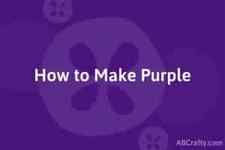
Equal amounts of Scarlet or Cardinal Red + Royal Blue = Custom Purple

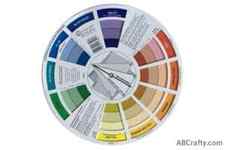
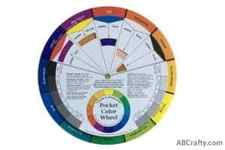

Make Purple Deeper: use charcoal grey, black or navy blue for added depth and a deeper purple colour. The darkest dye available will increase the intensity a little or a lot depending on how much you use.
Purple + Navy Blue (or other dark dye) = Darker Purple

Make Cooler Toned Purple: add a small amount of Midnight, Royal, Navy Blue, Charcoal Grey or Black.
Make Pastel Purple: start with the smallest amount of dye and add hot water as needed. As a general example, use 1/16, 1/8 or 1/4 tsp of dye mixed with 1 cup hot water.
1/8 tsp Purple + 1/8 Midnight Blue = Lavender
How to Easily Make Purple
The way to make purple is by mixing red and blue. Be sure to not use too much blue to start. Therefore, begin with a very small amount of blue and as more until you get the color you want.
To get some sort of purple color is easy, but getting the correct shade you want can be difficult. This makes getting the right tone for your project or craft more challenging.
Note: Some links in this post may contain affiliate links, which means at no cost to you, I may earn a commission.
What Two Colors Make Purple?
Blue and red make purple. I recommend you start with red and then gradually add blue to it.
It doesn’t matter what you’re using, whether paint (including fabric paint) or food coloring or something else, the process is the same.
Why Can’t I Make Purple?
As long as you have mixed blue and red, you have made a purple. The issue is there are different kinds, created by what are called “undertones.”
These undertones are called warm and cool. Warm tones are reds, yellows, and oranges, whereas cool tones are blues and greens. Funnily enough, this means you can actually have a “cool” red, meaning a red that has blue undertones.
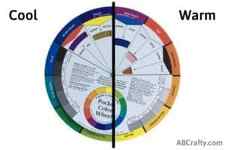
Looking at the color wheel (this is my nifty pocket color wheel), you can see there are different tones of purple made by mixing red with a blue (cool blue) with a blue-violet (warm blue). You can see the one mixed with blue-violet ends up more red because the “blue” actually has red in it so no matter how much of that “blue” you add, the final color will always be somewhat more red.
A “classic” version is made with a red with warm undertones and a blue with cool undertones. This way the warm and cool undertones are balanced so it’s not too red or too blue.
You can click on the images to make them larger.


For example, in order to get more of a blue purple color, mix a blue with cool undertones with a small amount of red with cool undertones.
Gel Loading Dye, Purple (6X)
Gel Loading Dye, Purple (6X) is the premier gel loading dye from NEB for sharp, tight bands.
- No UV Shadow
- Contains Ficoll ® for brighter, tighter bands
- Contains SDS for improved band sharpness
- Contains EDTA to stop enzymatic reactions
- Compatible with agarose and non-denaturing polyacrylamide gels
- Our Purple Gel Loading Dye sharpens bands and eliminates the UV shadow seen with other dyes. Available with or without SDS (NEB #B7025).
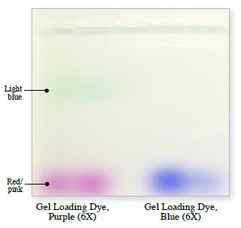
Reagents Supplied
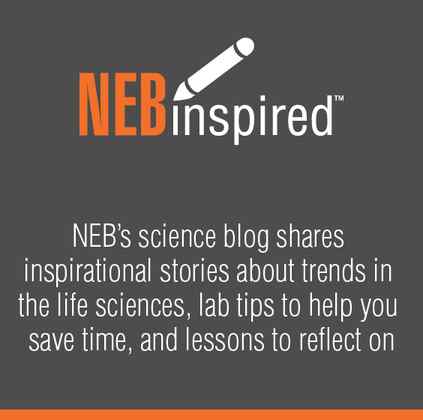
- Product Information
Gel Loading Dye, Purple (6X) is a pre-mixed loading buffer which contains a combination of two dyes, Dye 1 (pink/red) and Dye 2 (blue). The red dye serves as the tracking dye for both agarose and non-denaturing polyacrylamide gel electrophoresis. The two dyes separate upon gel electrophoresis; the red band is the major indicator and migrates similarly to Bromophenol Blue on agarose gels. Specifically chosen, this dye does not leave a shadow under UV light. This solution contains SDS, which often results in sharper bands, as some restriction enzymes are known to remain bound to DNA following cleavage. EDTA is also included to chelate magnesium (up to 10 mM) in enzymatic reactions, thereby stopping the reaction. The dye also contains Ficoll, which creates brighter and tighter bands when compared to glycerol loading dyes. This product is packaged as 4×1 ml vials.
Attention SYBR® Safe and GelRed™ dye users: Due to an increased concentration of SDS* in B7024S, NEB recommends using Gel Loading Dye, Purple, No SDS (6X) (NEB# B7025S) instead.
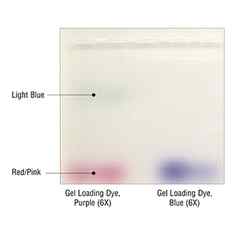
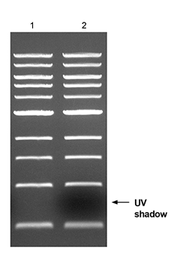 This product is related to the following categories: Gel Loading Buffers,Quick-Load Purple DNA Ladders Products,Buffers Products
This product is related to the following categories: Gel Loading Buffers,Quick-Load Purple DNA Ladders Products,Buffers Products
-
Reagents Supplied

